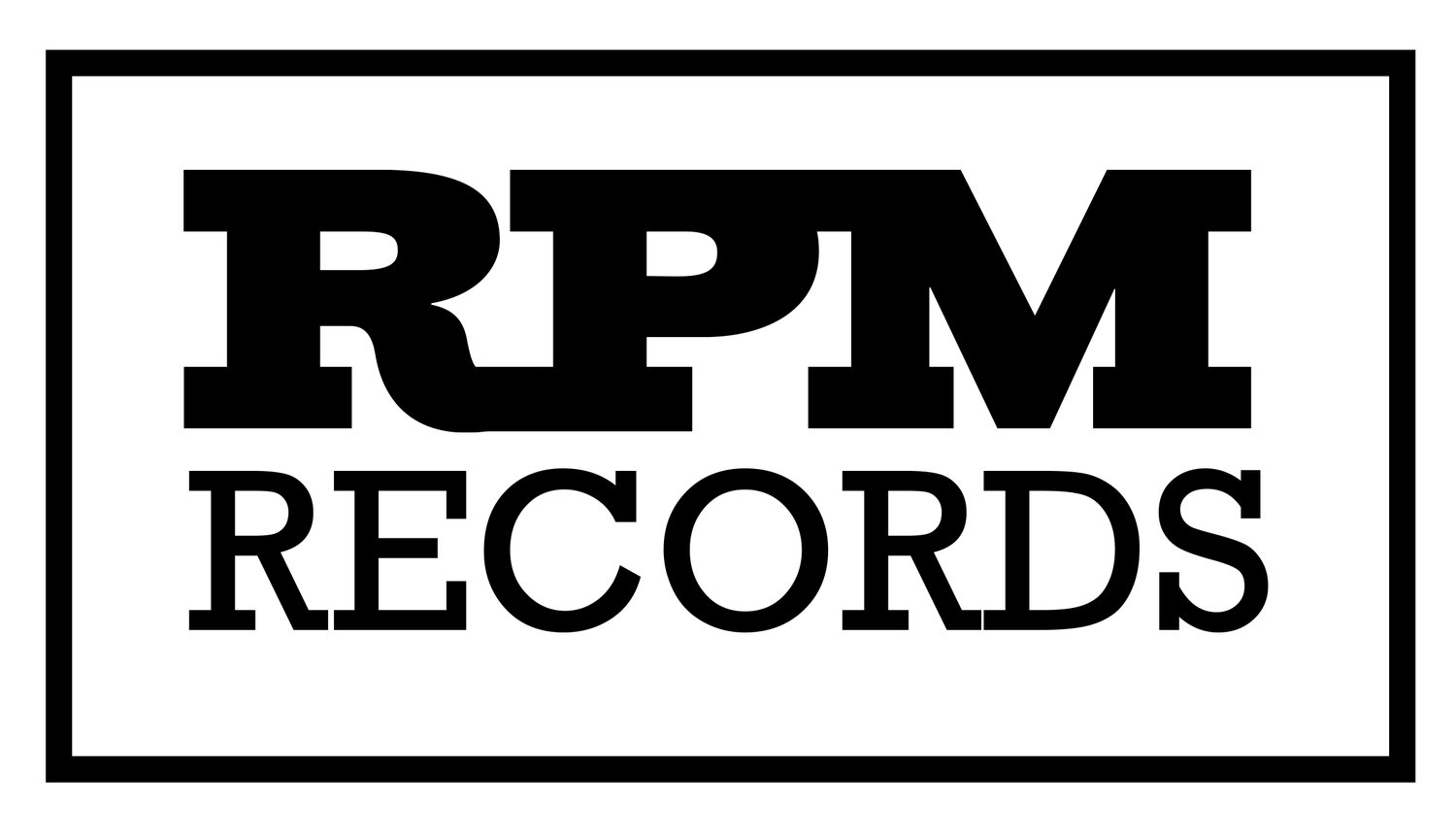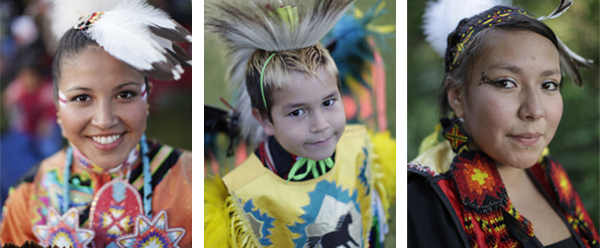Introducing: Dialogues Youth Vancouver
/Dialogues Youth Vancouver aims to promote sustained dialogue among First Nations, Urban Aboriginal and immigrant/non-Aboriginal youth. Three ways in which Dialogues Youth hopes to do this are by challenging and demystifying stereotypes, celebrating cultural differences, and exploring shared interests.
As a result of the Vancouver Dialogues Project, an initiative delivered by the City of Vancouver in partnership with 27 diverse community organizations comprising the project's steering group, Dialogues Youth Vancouver has been developed as a community-led engagement initiative - driven by youth for youth. Using new technologies and various social media tools, the project hopes to engage a large audience of youth between the ages of 17 and 25.
The project's developers intend to facilitate dialogue both online and offline. The purpose of using a web-based engagement campaign in concert with an offline strategy is so that feedback generated online might inform the topics, themes, speakers and outcomes of the offline engagements. The project is designing a series of dialogue sessions and a conference in June 2012 to address and challenge issues being faced by many youth today.
From the Dialogues Youth website:
"We value community, accessibility, self-determination, representation, and equity. We also value dialogue for challenging discrimination, systemic oppression, and colonialism--as well as sharing strengths and celebrating our cultures. Through dialogue, we believe that youth can influence history.
We hope to build alliances between Vancouver’s First Nations, Urban Aboriginal and immigrant/non-Aboriginal youth. We want to learn your goals. What is your vision for an inclusive Vancouver? How do you define inclusiveness and accessibility? What does self-determination look like to you? How would you like to be represented by your leaders? When will you feel equity in your city?
Through a series of Dialogues Youth Sessions and a conference in June 2012, we hope to answer these questions. However, we need your help. Follow us and join the conversation."
Dialogues Youth depends on community engagement to inform the dynamics of the sessions and conference. Through the use of Twitter #hashtags and by signing up to stay in touch, audience members can identify key themes, discussion topics, and relevant issues for youth around the subject of First Nations, Urban Aboriginal and immigrant/non-Aboriginal relationships in Vancouver. Vancouver youth can influence who the project interviews for it's blog posts and who will be speaking to them during Dialogues events.
Remember to connect on Facebook! Stay in touch - Dialogues Youth Vancouver #vandialogues on Twitter.






